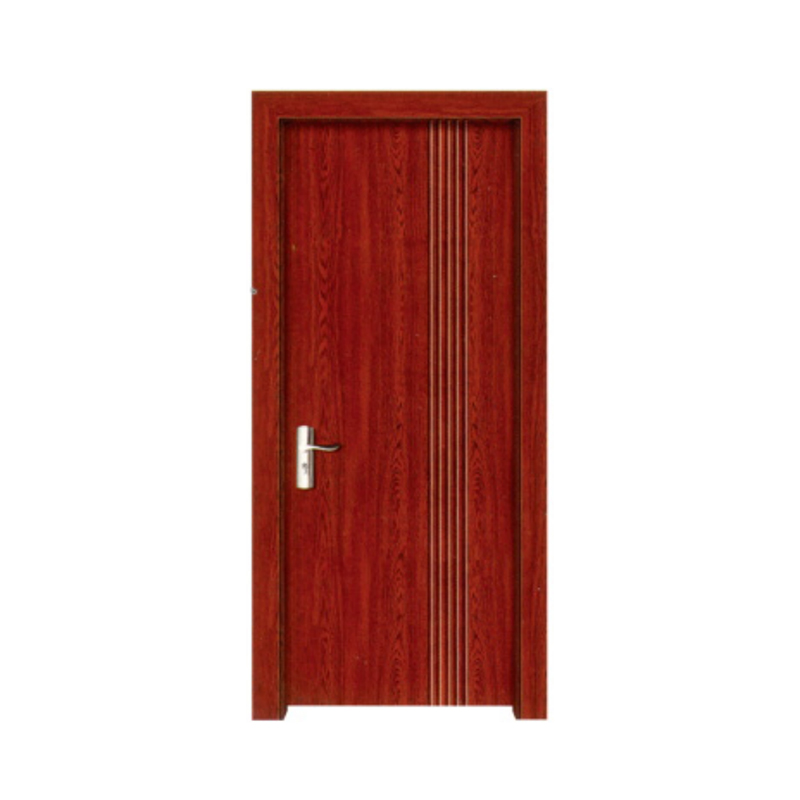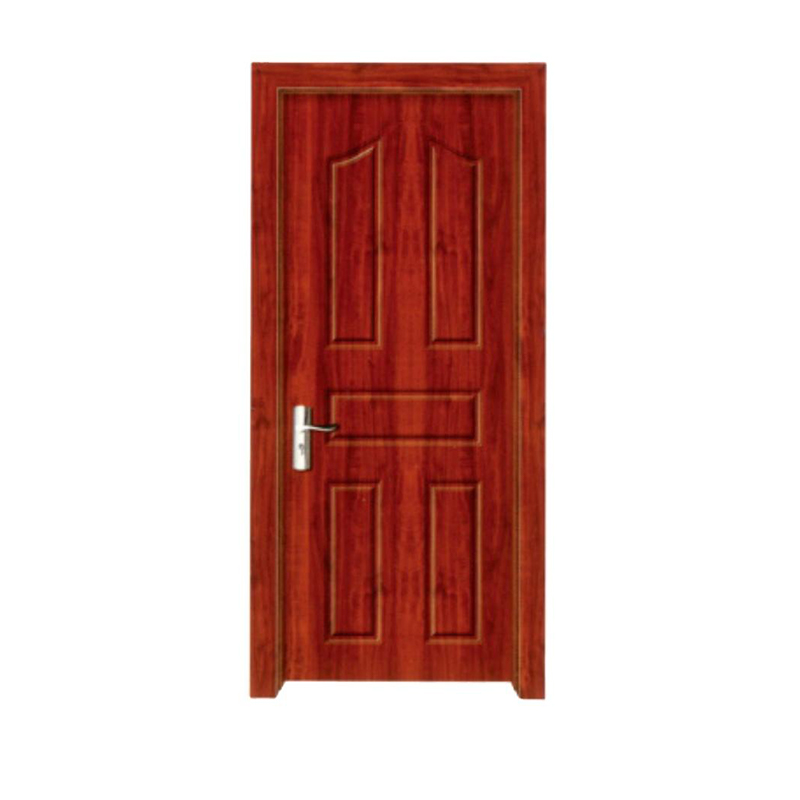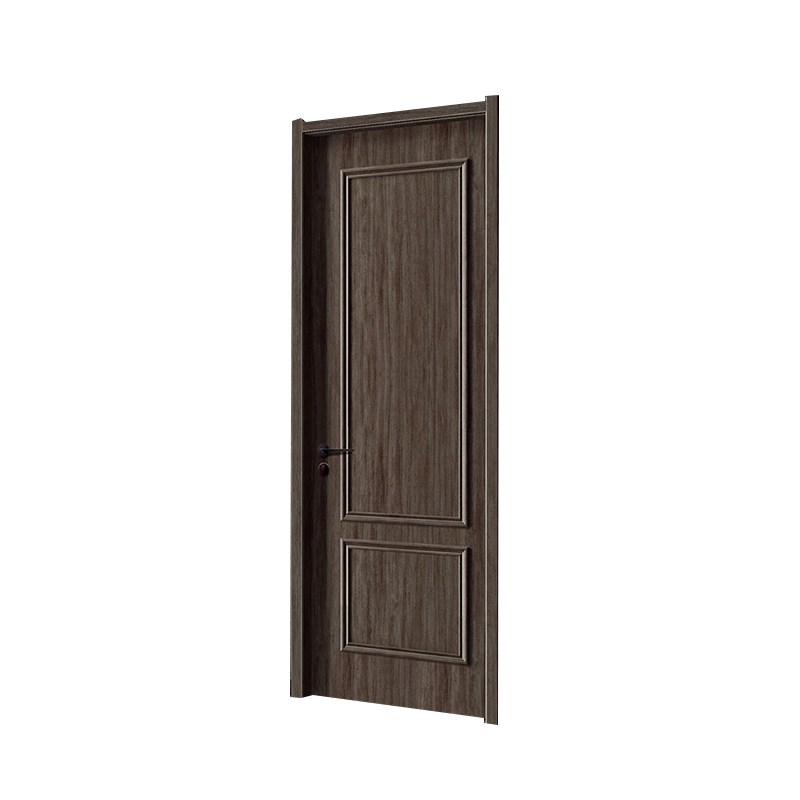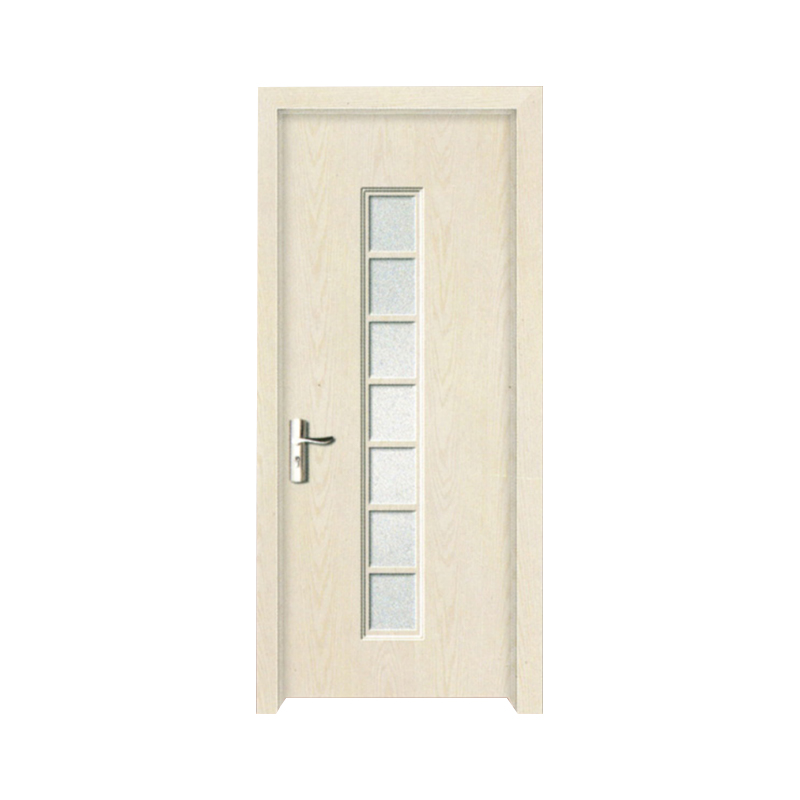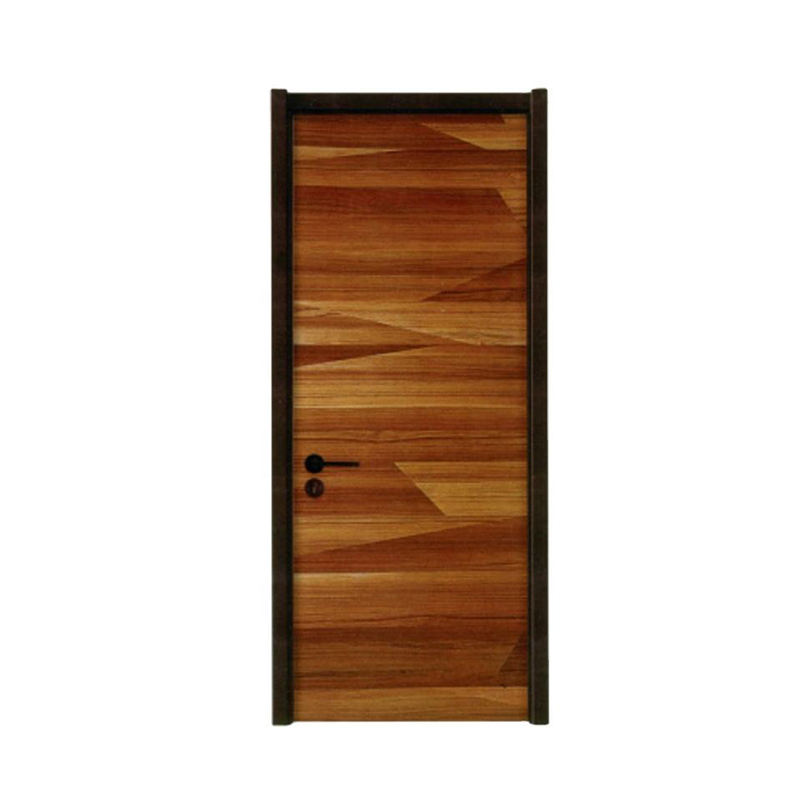In modern home design, glass sliding doors have become a very popular decoration choice. It not only has a beautiful and elegant appearance, but also has significant advantages in lighting performance.
Sliding glass doors are usually made of transparent or translucent glass, allowing sunlight to fully penetrate the glass and shine into the room. This high degree of transparency helps increase natural light in the room, thereby reducing reliance on artificial lighting and saving energy consumption. Due to the material characteristics of sliding glass doors, sunlight will be scattered and refracted when passing through the glass, making the light softer. This soft light helps reduce eye fatigue and improves occupant comfort. The transparent nature of glass sliding doors allows the indoor and outdoor spaces to be visually extended, enhancing the sense of space. This design not only makes the indoor space appear more spacious and brighter, but also creates an open living environment and improves the quality of life of the residents.
Some sliding glass doors use adjustable sunshade systems, such as blinds or sunshades. This design can flexibly adjust the amount of light entering according to the needs of the occupants and light conditions, achieving a balance of lighting performance. The daylighting properties of sliding glass doors help reduce reliance on artificial lighting, thereby reducing energy consumption. In addition, the use of energy-saving materials such as low-emissivity glass or insulating glass can further improve the thermal insulation performance of sliding glass doors, reduce indoor and outdoor heat exchange, and achieve energy conservation and environmental protection.
When choosing a glass sliding door, it is necessary to analyze the lighting needs of the living environment. If the natural light in the living environment is sufficient, you can choose a single-layer glass sliding door; if the natural light in the living environment is insufficient, it is recommended to choose a double-layer hollow glass sliding door or a laminated glass sliding door to improve the lighting performance. Different types of glass materials have different light transmittances. For example, clear glass has a higher light transmittance, while frosted glass or tinted glass has a lower light transmittance. When choosing a glass sliding door, you can choose the appropriate glass material according to your lighting needs. Some sliding glass doors use adjustable sunshade systems, such as blinds or sunshades. This design can flexibly adjust the amount of light entering according to actual needs and light conditions to achieve a balanced lighting performance. When choosing a glass sliding door, you also need to consider the indoor and outdoor environmental factors and the interior decoration style. You can choose glass colors, patterns and door frame materials that coordinate with the interior style to achieve overall beauty and harmony.
To sum up, the lighting performance of sliding glass doors has significant advantages in improving indoor light, enhancing the sense of space, energy saving and environmental protection. When choosing a glass sliding door, you can select a suitable glass sliding door based on actual needs and scenarios. This is of great significance for improving the quality of life of residents and creating a comfortable living environment.


 عربى
عربى





